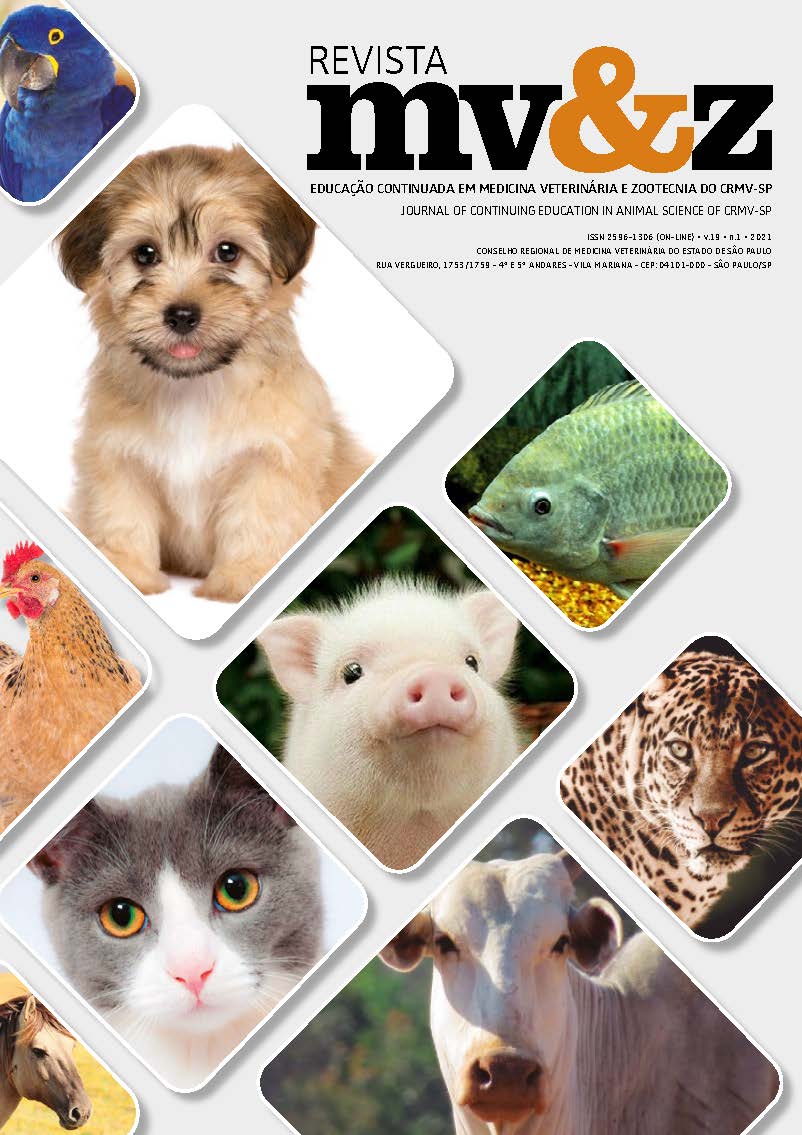Swine mycotoxicosis-causing fungi literature review
Main Article Content
Abstract
Swineculture has great economic importance in Brazil, as it is the fourth largest producer of pork meat in the world. The country's subtropical climate favors the development of fungi and their mycotoxins in cereals used as supply and raw material for swine nutrition. Among the main mycotoxins that affect pigs are aflatoxins, ochratoxins and fusariotoxins, produced by fungi genera Aspergillus, Penicillium and Fusarium. Therefore, to define the etiological agents of mycotoxicosis in pigs, highlighting the morphological characteristics, favorable growth conditions and ways of preventing and controlling contamination of grains, a review was carried out on bibliographic bases such as Scielo, Pubmed and Portal CAPES. Identification and knowledge about these pathogenic fungi leads to better development of research aimed at prevention and control, reduction of economic losses and maintenance of animal health.
Keywords: Domestic Animals. Animal Diseases. Mycotoxicosis. Mycology.
Article Details
1. Autores mantém os direitos autorais e concedem à revista o direito de primeira publicação, com o trabalho licenciado sob a Creative Commons Atribuição-NãoComercial-SemDerivações 4.0 Internacional
2. Autores têm autorização para assumir contratos adicionais separadamente, para distribuição não-exclusica da versão do trabalho publicada nesta revista (ex.: publicar em repositório institucional ou como capítulo de livro), com reconhecimento de autoria e publicação inicial nesta revista.
3. Autores têm permissão e são estimulados a publicar e distribuir seu trabalho online (ex.: em repositórios instituicionais ou na sua página pessoal) a qualquer ponto antes ou durante o processo editorial, já que isso pode gerar alterações produtivas, bem como aumentar o impacto e a citação do trabalho publicado (Veja O Efeito do Acesso Livre);
